New York's public schools are noted for their extraordinarily high spending. Yet the conventional response to problems in the state's educational system usually boils down to a demand for more money. As pressure mounts to increase school aid in the next state budget, state leaders should focus less on increasing spending and more on redirecting existing funds to better meet student needs.
Public education in New York is a $60 billion enterprise, absorbing more than $1 of every $3 of state and local taxes. Per pupil spending is $18,825 annually, second highest among the 50 states (behind only Connecticut), and 83 percent above the U.S. average. Despite the large expenditures, New York student achievement is not at the top among states. Data recently presented to the New NY Education Reform Commission show that New York's graduation rate ranks 39th in the nation at 73.5 percent. New York also scores below the national average in the National Assessment of Educational Progress (NAEP) in fourth- and eighth-grade math and about average in reading scores.
Our large investment is spread inequitably among districts and is spent on unusually generous employee fringe benefits rather than on initiatives that would improve educational quality. The percentage of per pupil expenditures going for employee fringe benefits, including pensions and health insurance, is much higher than national norms. Statewide, districts spend 20 percent on fringe benefits compared to a U.S. average of 13 percent. The per student amount is nearly three times the U.S. average -- $3,688 per pupil versus $1,330.
A new interactive map created by the Citizens Budget Commission (available for use without charge at www.cbcny.org) provides information on per pupil spending for all 682 districts across the state. Users can select their own district and compare its per pupil spending with that of any other school district(s) in the state.
The interactive map also permits analysis of specific categories of spending, such as fringe benefits. Users can compare their district with others in the distribution of per pupil spending among several categories, including instructional salaries, fringe benefits and support services.
Instead of pursuing even more funding for schools in the upcoming year's state budget, school leaders and legislators should focus on retargeting the dollars already committed. Three strategies should be pursued to better allocate the enormous amount that New York already spends on public education:
First, overhaul state aid formulas -- State aid to school districts should be based on three factors: 1) local ability to pay; 2) student need; and 3) regional cost differences. Districts that are similarly situated across these variables should get the same amount of aid, but this is not now the case. For example, the districts of Marlboro and Greenwood, both in the Mid-Hudson region, have student populations with very similar educational needs, but one receives state aid of $5,589 and the other $10,672 per student. In general, patterns established decades ago -- and kept in place by "hold harmless" provisions built into aid formulas -- distort the aid distribution. A second interactive map created by the Citizens Budget Commission enables comparisons of per-pupil state aid across all districts. It, too, is available without charge at www.cbcny.org.
Second, reallocate responsibility for employee and retiree health insurance premium costs -- In the last 10 years, New York's growth in spending per pupil on instructional staff fringe benefits outpaced the national rate, increasing 169 percent compared to a national average of 100 percent. Recently the New York state legislature made progress in reforming statewide teacher pension benefits, but health insurance premium costs, which are largely determined through local collective bargaining rather than state legislation, have not been modernized. "School districts in New York State, including New York City, spend $4.7 billion on health insurance for employees and retirees."
A Citizens Budget Commission analysis of 517 school district contracts in 2010 showed that school districts in all regions on average require far lower employee premium sharing than is required of State employees. If New York City and school districts across the state changed their health insurance premium-sharing arrangements to match those of the State of New York for its employees, annual savings would exceed $500 million. This money could be redirected to the classroom. The legislature and the Governor should work together to establish a statutory cap on school district employer contributions at 85 percent for single coverage and 75 percent for family coverage.
Third, eliminate ineffective special education mandates -- Special education costs are growing 30 percent faster than general education spending. In some districts instructional spending per pupil on students classified for special education services tops $40,000 per year. In the decade ending in 2010, statewide special education spending increased 88 percent to $11.4 billion -- 15 times the growth in special education enrollment. These high costs are driven in part by burdensome state mandates that far exceed federal requirements. New York State imposes 227 mandates beyond those imposed by federal law.
Despite the high costs and intensive services in New York, a substantial gap persists between educational outcomes of special and general education students. For the four most recent cohorts of high school students, the difference in graduation rates has remained between 29 and 30 points. Even the most vulnerable students would be better served by a less procedural and more outcome-driven system. The legislature could begin reducing costs by passing the pending bill that authorizes multiple mandate relief measures already approved by the State Education Department.
The author is President of the Citizens Budget Commission (www.cbcny.org).
